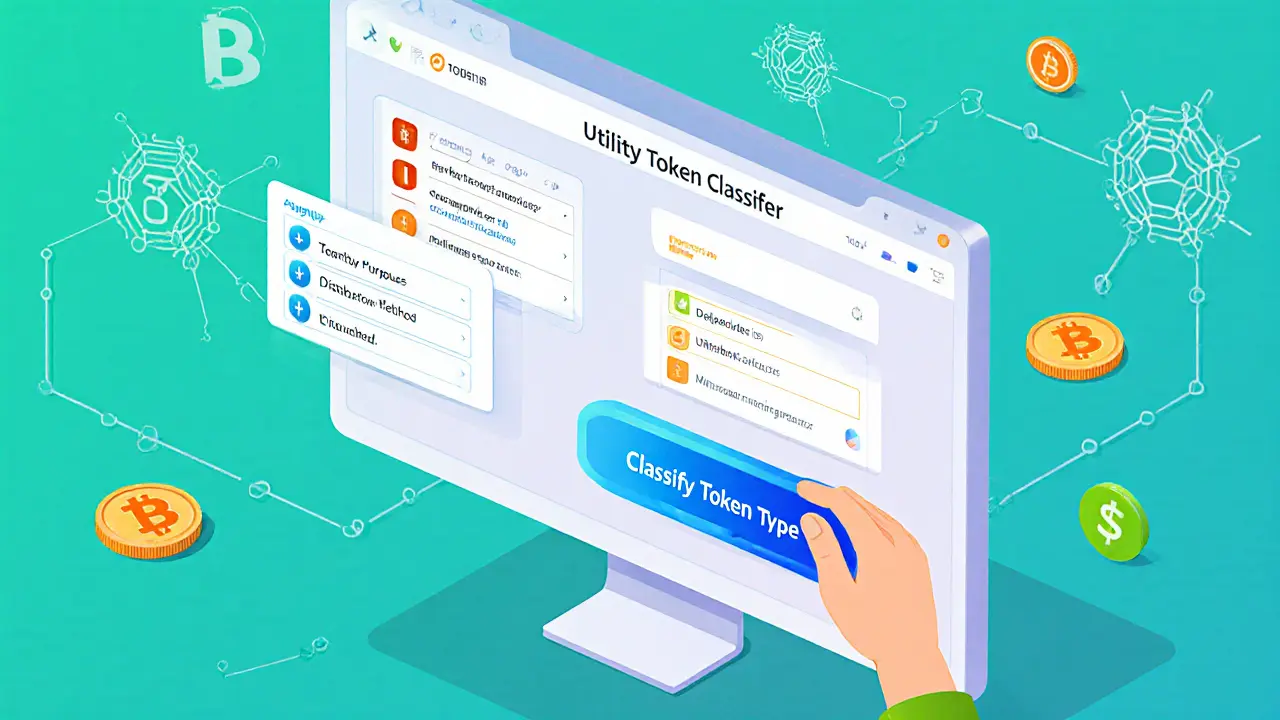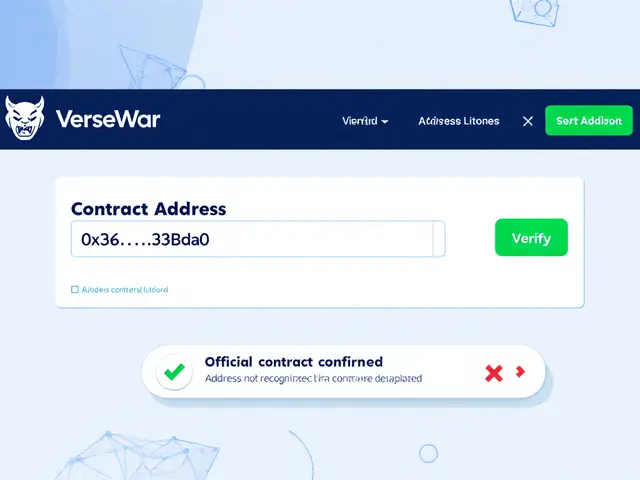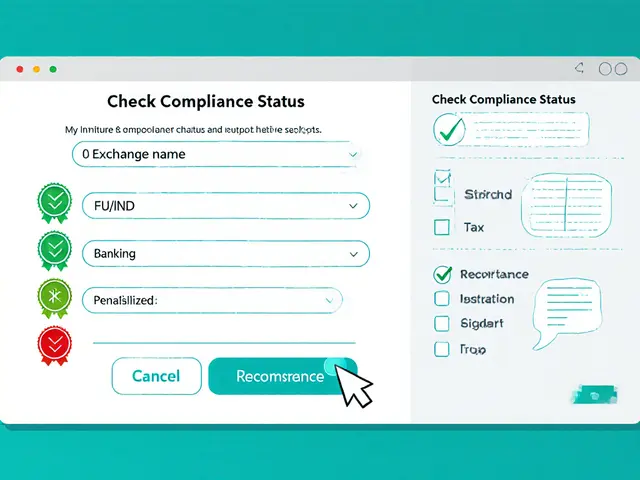Utility Token Regulation: What You Need to Know
When talking about utility token regulation, the set of rules governing tokens that grant access to a product or service rather than ownership or profit rights. Also called utility token rules, it shapes how projects launch, how investors treat tokens, and how regulators keep the market safe. A utility token, digital asset designed to provide a specific function within a blockchain ecosystem sits at the heart of this discussion.
One of the first steps in any utility token regulation analysis is token classification. Regulators split tokens into categories—utility, security, or commodity—based on function and expectation of profit. A security token, an asset that represents ownership in an underlying company and is subject to securities law triggers a very different compliance path than a utility token. Understanding this split helps projects avoid costly legal missteps and gives investors a clearer risk picture.
Across the globe, cryptocurrency regulation, the body of laws that govern digital assets, exchanges, and related services sets the backdrop for utility token rules. In the US, the SEC focuses on the Howey test to decide if a token is a security, while the EU’s MiCA framework outlines specific requirements for utility tokens, like clear whitepapers and user rights. The interaction between broad crypto regulation and token‑specific rules creates a layered compliance landscape.
Tax treatment is another piece of the puzzle. Many jurisdictions treat utility tokens as non‑taxable when used for access, but a token sold on the secondary market may become taxable income. A tax treatment, the way authorities classify gains, losses, and transactions for tax purposes varies by country and by how the token is used. Knowing whether your token activity falls under capital gains, income tax, or VAT can save you from surprise penalties.
Exchange compliance ties everything together. Platforms that list utility tokens must verify that each token meets local regulatory standards. A exchange compliance, the process of ensuring listed assets follow jurisdictional rules, AML/KYC, and reporting obligations checklist means you’ll see more disclosures, audit trails, and sometimes limits on trading volumes. This protects both the exchange and its users from regulatory fallout.
Legal frameworks differ, but they share common goals: consumer protection, market integrity, and innovation support. A legal framework, the set of statutes, regulations, and guidelines that define permissible activities in a sector for utility tokens often includes mandatory disclosures, anti‑fraud provisions, and dispute‑resolution mechanisms. When a framework is clear, projects can focus on product development instead of endless legal back‑and‑forth.
International standards are emerging to harmonize these rules. Organizations like the International Organization of Securities Commissions (IOSCO) are drafting guidance that aligns token classification across borders. A global standard, a set of agreed‑upon principles that countries adopt to reduce regulatory arbitrage helps developers launch tokens in multiple markets without rebuilding compliance from scratch.
Investor protection remains the core justification for utility token regulation. By requiring clear utility purpose, transparent token economics, and audited smart contracts, regulators aim to cut down on scams and misleading projects. A investor protection, measures that safeguard participants from fraud, misinformation, and excessive risk clause often includes mandatory KYC, real‑time monitoring, and a liability framework for token issuers.
Key Elements to Watch
Putting it all together, anyone dealing with utility tokens should track four pillars: classification, tax, exchange listing rules, and the broader legal environment. The posts below dive into real‑world examples—China’s crypto ban, India’s 30% tax, airdrop compliance tips, and exchange reviews—showing how these pillars play out across different regions and use cases. Browse the collection to see how the concepts we’ve outlined affect actual projects and what steps you can take to stay compliant today.
A 2025‑ready guide covering utility token regulation, Howey test, EU MiCA, compliance checklists, on‑chain controls and emerging trends for crypto projects.



 Finance
Finance




